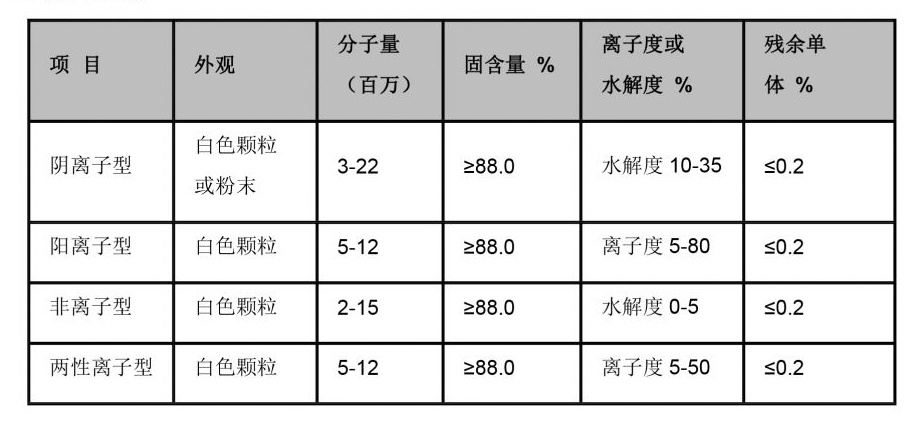Exploring the Applications and Benefits of Diethylenetriamine Pentamethylene Phosphonic Acid in Industry
Diethylenetriamine Pentamethylene Phosphonic Acid A Comprehensive Overview
Diethylenetriamine pentamethylene phosphonic acid, commonly referred to as DTPMPA, is a versatile chelating agent that belongs to a class of phosphonic acids. This compound is notable for its efficiency in sequestering metal ions and has found numerous applications across various industries, including water treatment, agriculture, and the oil and gas sector. Understanding its chemical structure, properties, and potential applications is crucial for professionals in fields such as chemistry, environmental science, and industrial engineering.
Chemical Structure and Properties
DTPMPA is characterized by its complex molecular structure, which includes multiple amine and phosphonic acid functional groups. The presence of these functional groups enables DTPMPA to form stable complexes with divalent and trivalent metal ions, effectively inhibiting precipitation and promoting solubility in different environments. This property makes DTPMPA an essential compound in formulations that require the control of metal ion concentration.
One of the significant properties of DTPMPA is its stability across a range of pH levels. This stability ensures that the compound can perform effectively in various conditions, from acidic to alkaline environments. Additionally, DTPMPA boasts a high degree of biodegradability, which is increasingly important in today's environmentally conscious market. This characteristic minimizes the ecological footprint associated with its use, making it a preferred choice in sustainability-focused applications.
Applications in Water Treatment
One of the primary applications of DTPMPA is in water treatment processes. Water often contains a myriad of metal ions that can lead to scaling, corrosion, and other detrimental effects on infrastructure. By incorporating DTPMPA into water treatment formulations, operators can effectively sequester problematic metal ions such as calcium, magnesium, and iron. This action helps mitigate the formation of scale deposits in pipes and machinery, thus enhancing the lifespan and efficiency of equipment.
Moreover, DTPMPA is used in combination with other treatment chemicals to enhance performance and achieve desired water quality standards
. In cooling systems, for instance, it plays a vital role in preventing scale buildup, thereby improving heat exchange efficiency and reducing energy consumption.diethylenetriamine pentamethylene phosphonic acid

Use in Agriculture
DTPMPA also holds promise in the agricultural sector, particularly in the formulation of fertilizers. Its ability to chelate micronutrients such as iron and zinc enhances their bioavailability to plants, addressing nutrient deficiencies and improving crop yields. The controlled release of these nutrients minimizes waste and optimizes their absorption by plants, contributing to more sustainable farming practices.
Additionally, the use of DTPMPA in agricultural products can help reduce soil and water contamination by preventing nutrient runoff, which is a significant environmental concern associated with traditional fertilizers.
Oil and Gas Industry Applications
In the oil and gas sector, DTPMPA serves as an effective scale inhibitor in drilling and production operations. Its unique ability to bind with metal ions prevents the formation of scale deposits within pipelines and production equipment, ensuring smooth operation and reducing maintenance costs. This application is crucial in maximizing productivity and operational efficiency in an industry that demands reliability.
Conclusion
Diethylenetriamine pentamethylene phosphonic acid is a multifaceted compound with significant industrial relevance. From water treatment processes and agricultural enhancement to its role in the oil and gas industry, DTPMPA showcases its versatility and efficacy in managing metal ions. As industries continue to seek sustainable and efficient solutions, the importance of chelating agents like DTPMPA will undoubtedly grow, offering promising avenues for innovation and environmental stewardship. Understanding and harnessing the potential of DTPMPA can lead to more efficient industrial processes and contribute to a more sustainable future.
-
Water Treatment with Flocculant Water TreatmentNewsJun.12,2025
-
Polymaleic AnhydrideNewsJun.12,2025
-
Polyaspartic AcidNewsJun.12,2025
-
Enhance Industrial Processes with IsothiazolinonesNewsJun.12,2025
-
Enhance Industrial Processes with PBTCA SolutionsNewsJun.12,2025
-
Dodecyldimethylbenzylammonium Chloride SolutionsNewsJun.12,2025





